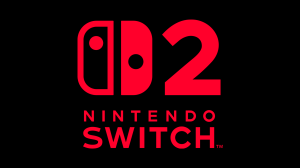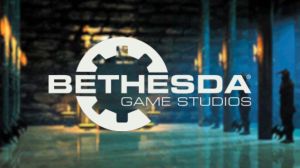The 1980s are often romanticized as anime’s “golden age” — the birth of Akira, Macross, Gundam, and a dozen other cultural milestones that defined the medium worldwide. But that same nostalgic glow tends to obscure how selective our collective memory really is.
Videos by ComicBook.com
For every classic that was hailed as genius, there were dozens of films and series that faded. In an era before internet fandoms and streaming algorithms, distribution and timing decided what became a “masterpiece” far more than artistic merit. Some titles were overhyped by studios chasing global success, only to age poorly once the novelty wore off, while quieter works with sharper storytelling or emotional depth never left Japan’s orbit.
7. Locke the Superman
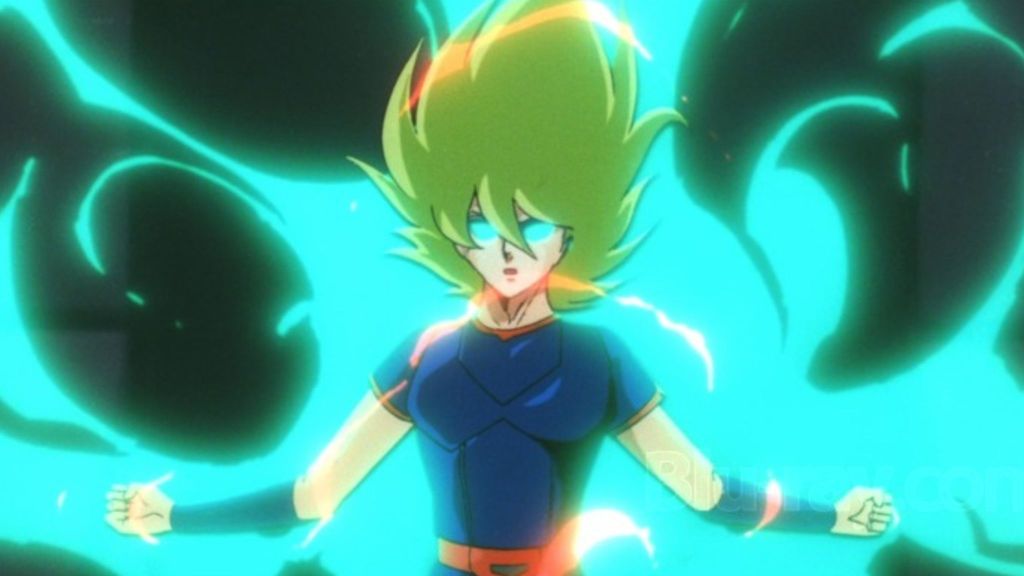
Locke the Superman follows an esper named Locke, a being gifted (or cursed) with near-infinite psychic power and agelessness. Set in a distant future of interstellar politics, the anime expose Locke’s attempts to live quietly, only to be pulled into conflicts that expose humanity’s paranoia. This introspective take on the “superman” archetype brings a layer of emotional complexity that was rare for anime at the time. It never gained the same level of international exposure as its contemporaries, making it a hidden treasure for English-speaking audiences. But perhaps its biggest hurdle is its introspective tone, which may not appeal to fans looking for straightforward action or escapist entertainment.
6. Crusher Joe
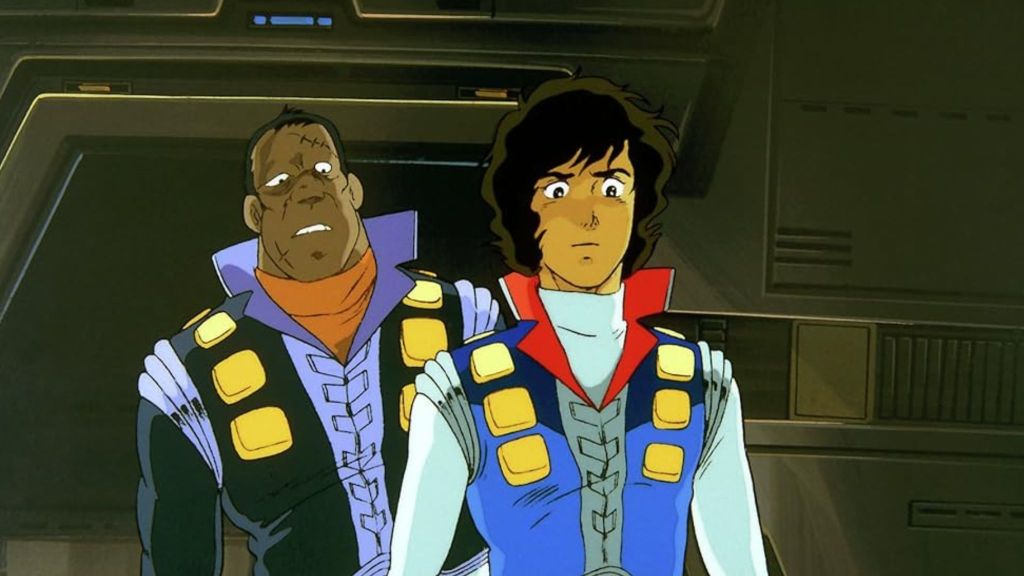
Directed by Yoshikazu Yasuhiko (famous for his work on Mobile Suit Gundam), Crusher Joe is a fast-paced adventure that delivers everything you’d want in a sci-fi action anime. The story revolves around Joe and his team of “Crushers,” freelance troubleshooters who take on the galaxy’s toughest jobs. Crusher Joe was a standalone film (though it did spawn a couple of OVAs later). It also flew under the radar internationally, with limited exposure compared to its peers. But perhaps the biggest reason for its obscurity is its tone — it’s more of a popcorn-style adventure than a deeply philosophical work like Akira or Space Runaway Ideon. However, this lighter tone is part of its charm, offering a fun, high-energy experience without sacrificing intelligence.
5. Sea Prince and the Fire Child
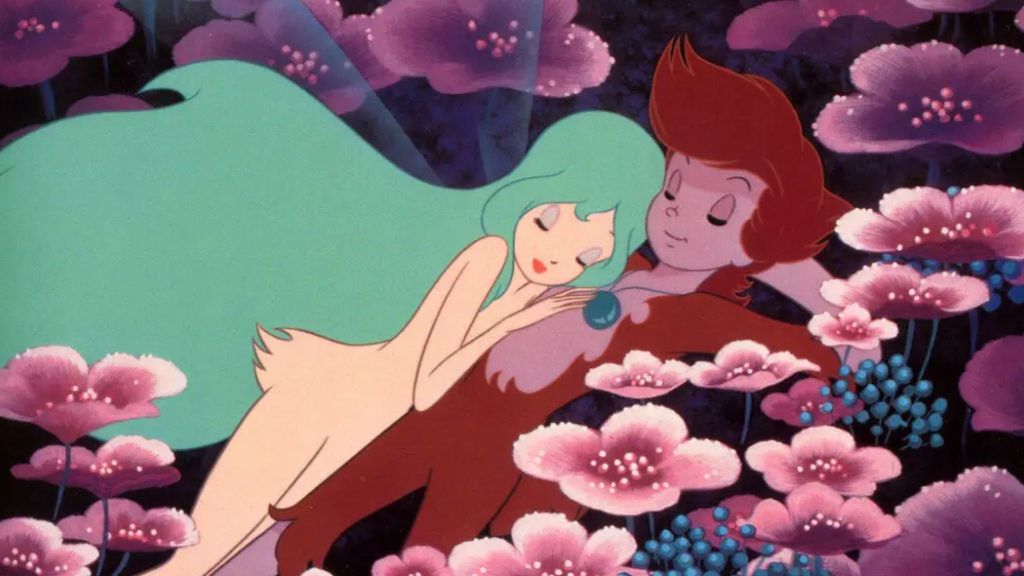
Sea Prince and the Fire Child tells the tale of Prince Sirius, heir to the Sea Kingdom ruled by the god of water, and Princess Malta, daughter of the Fire Kingdom and priestess of flame. Their union, however, sparks outrage among their peoples, leading to a tragic chain of events as they fight to be together in a world determined to tear them apart. Made by Sanrio — yes, the same company behind Hello Kitty — the film departs radically from their usual cute, family-friendly image. Sea Prince and the Fire Child lacked both the studio clout and the marketing muscle to travel overseas. Its original English dub was rare, inconsistent in quality, and vanished into VHS obscurity.
4. Night on the Galactic Railroad

Based on Kenji Miyazawa’s classic 1934 children’s novel, Night on the Galactic Railroad reimagines the story in a world where anthropomorphic cats replace humans. The protagonist, Giovanni, is a lonely boy weighed down by poverty and isolation. On the night of a celestial festival, he mysteriously boards a silver train that glides across the stars, accompanied by his only friend, Campanella. As they travel through constellations and meet souls of the deceased, Giovanni confronts questions about love, sacrifice, and the fragility of existence. Night on the Galactic Railroad doesn’t explain itself. it invites contemplation. The anime rewards patience and emotional openness, the kind of art that doesn’t demand to be understood so much as felt. Simply put, it’s one of the most profound and misunderstood achievements of the 1980s
3. Area 88

There’s a certain kind of anime that grips you not with fantasy or mecha, but with raw human desperation — and Area 88 (1985) is one of the finest examples of that breed. Area 88 centers on Shin Kazama, a young, idealistic pilot who is tricked into signing a mercenary contract for a fictional Middle Eastern nation’s air force. The catch? The only way out is to serve for three years, die in battle, or buy back his freedom for an impossible fortune. Trapped in this hellish “air base of the damned,” Shin struggles to hold onto his humanity as war corrode everything he once believed in. The anime didn’t have the marketing push of Gundam, and its theatrical OVA format (released across three episodes) limited exposure outside Japan.
2. Dagger of Kamui
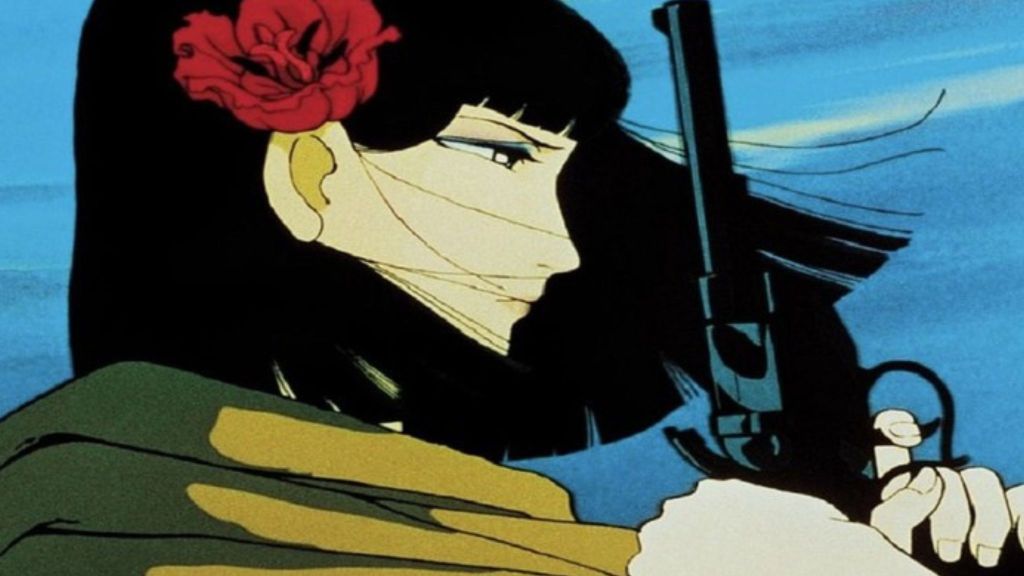
Dagger of Kamui tells the story of Jiro, an orphan falsely accused of murdering his adoptive family. To uncover the truth and reclaim his destiny, Jiro becomes an assassin, embarking on a journey that takes him from feudal Japan to the American frontier. Dagger of Kamui was too literary, too long, and too unconventional to market easily. Its runtime (over two hours) and its complex layering of revenge made it too dense for casual audiences. Meanwhile, its polished violence and existential overtones distanced it from younger viewers. By the time anime fandom matured enough to appreciate adult-oriented anime, Kamui had already slipped through the cracks.
1. Touch
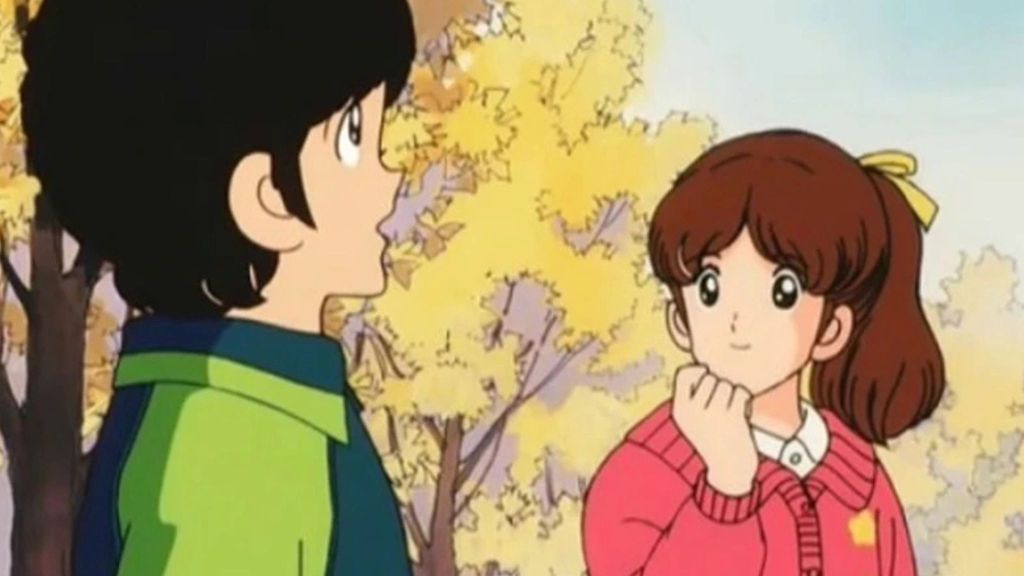
Touch looks like a simple high school baseball anime — the kind of wholesome sports drama Japan produces by the dozen. But watch a few episodes, and you realize it’s far more human than heroic. Touch isn’t really about baseball at all — it’s about growing up, love deferred, and the bittersweet ache of choices you can never undo. That emotional honesty is exactly what makes it a quiet masterpiece — and why it’s still criminally underrated outside Japan. Outside Japan, Western fans in the ’80s and ’90s gravitated toward more sensational exports. It wasn’t until later that series like Clannad, March Comes in Like a Lion, and Cross Game reminded viewers that emotional realism could be just as thrilling as explosions.
What do you think? Leave a comment below and join the conversation now in the ComicBook Forum!


